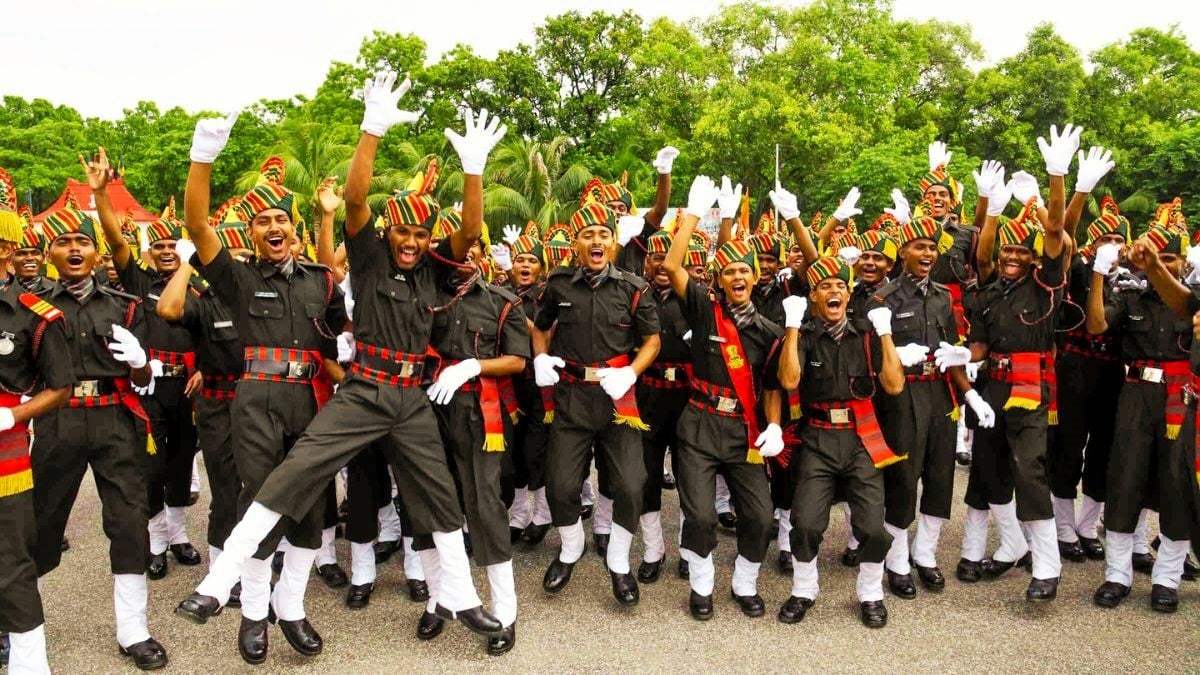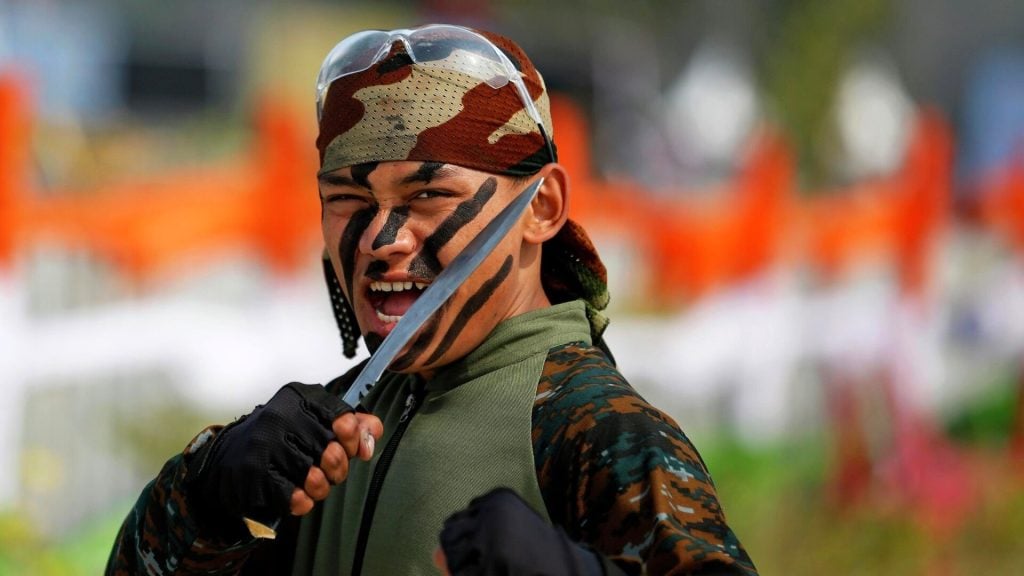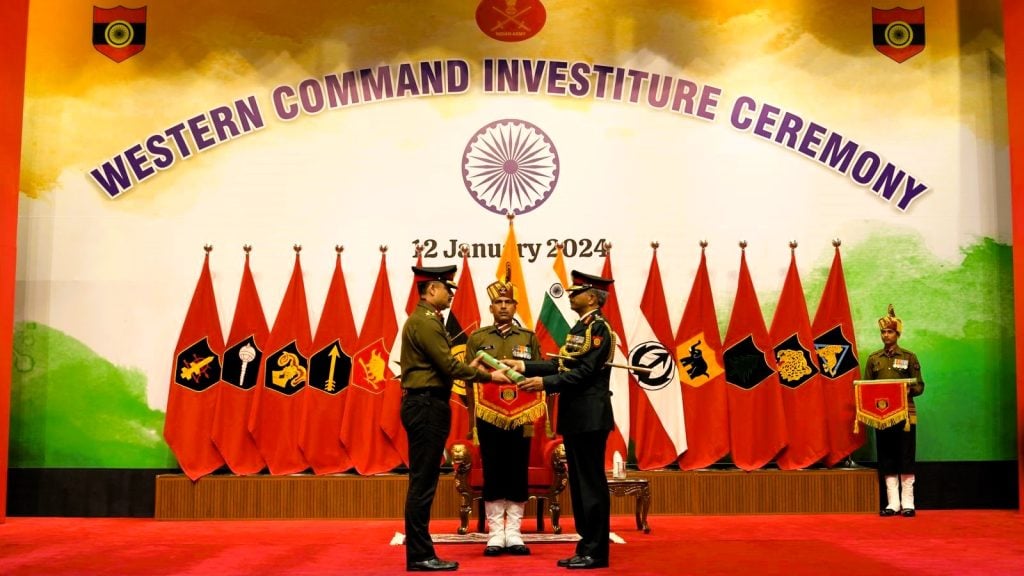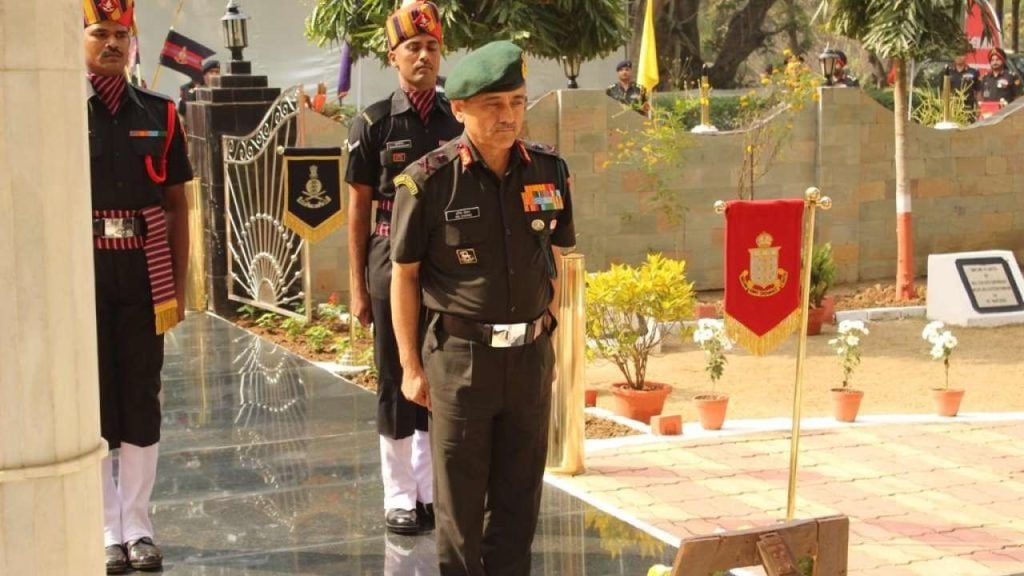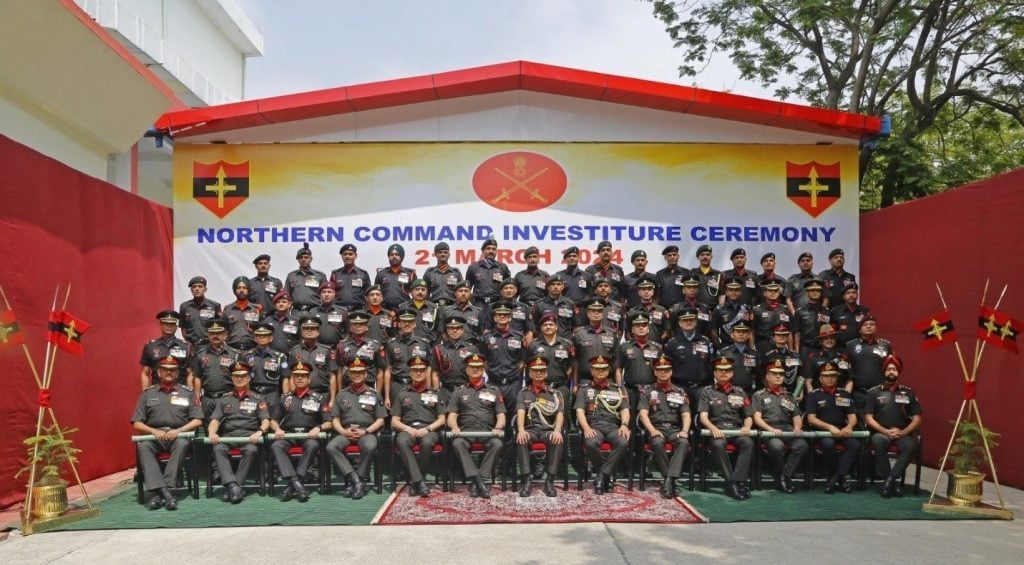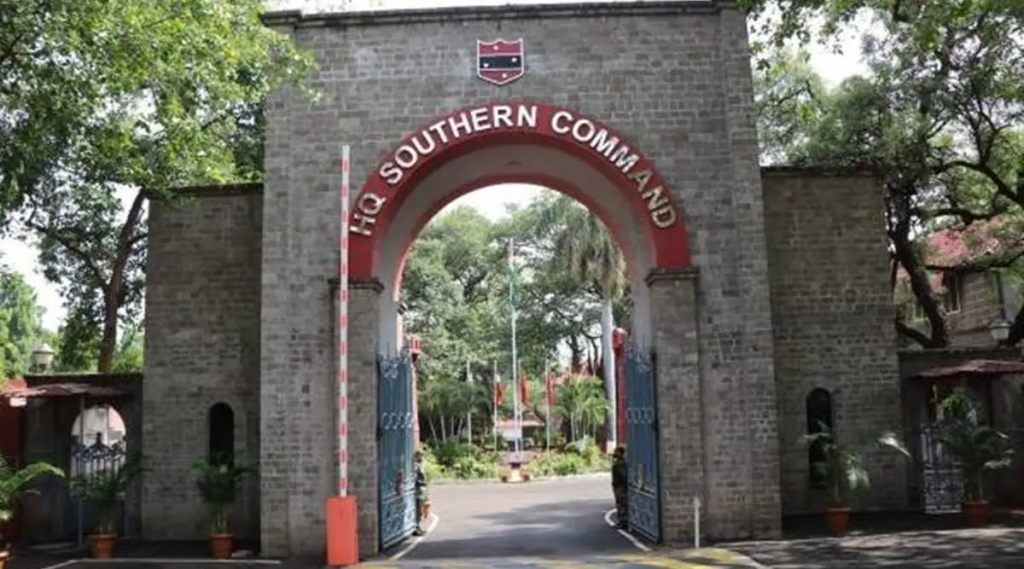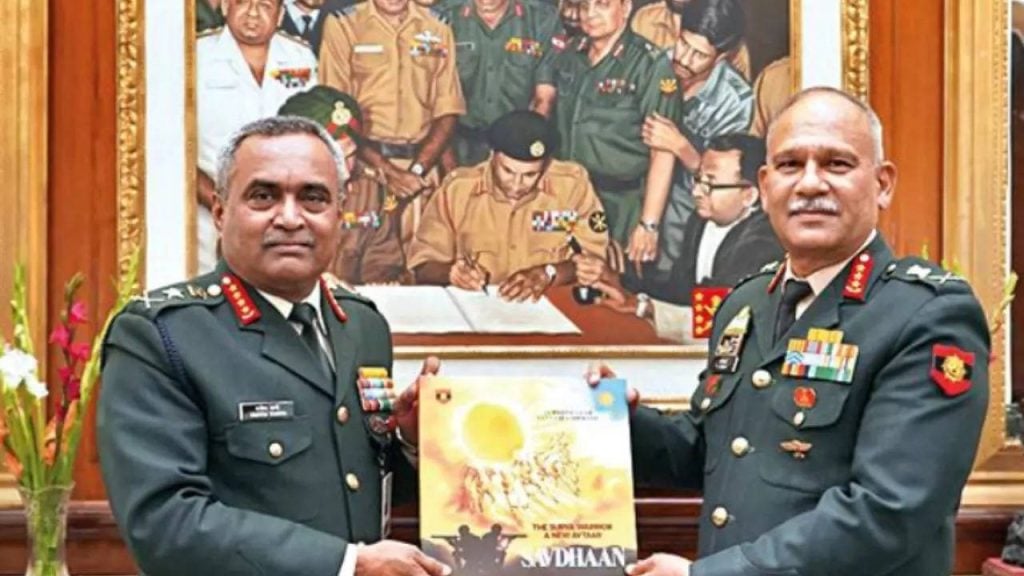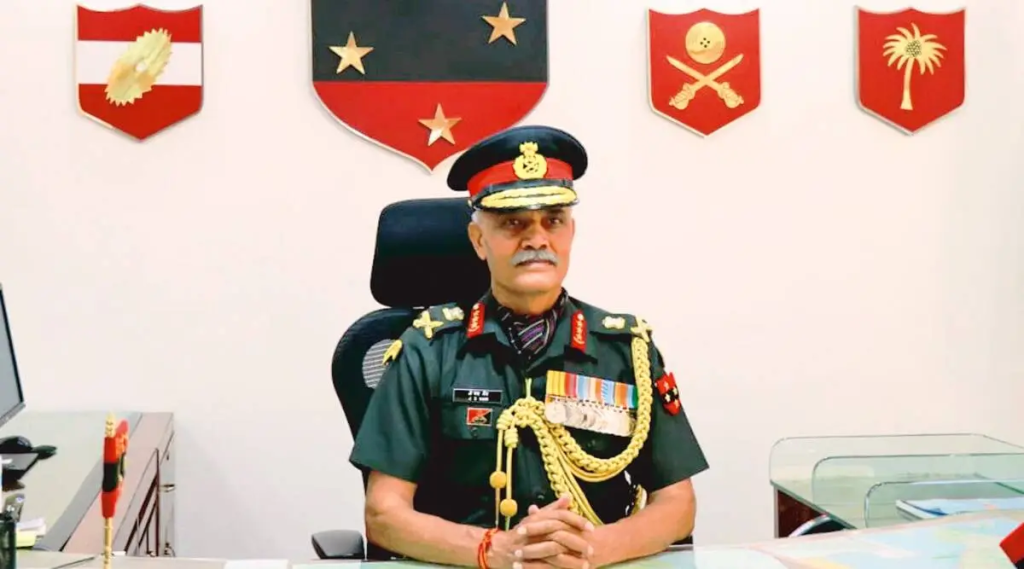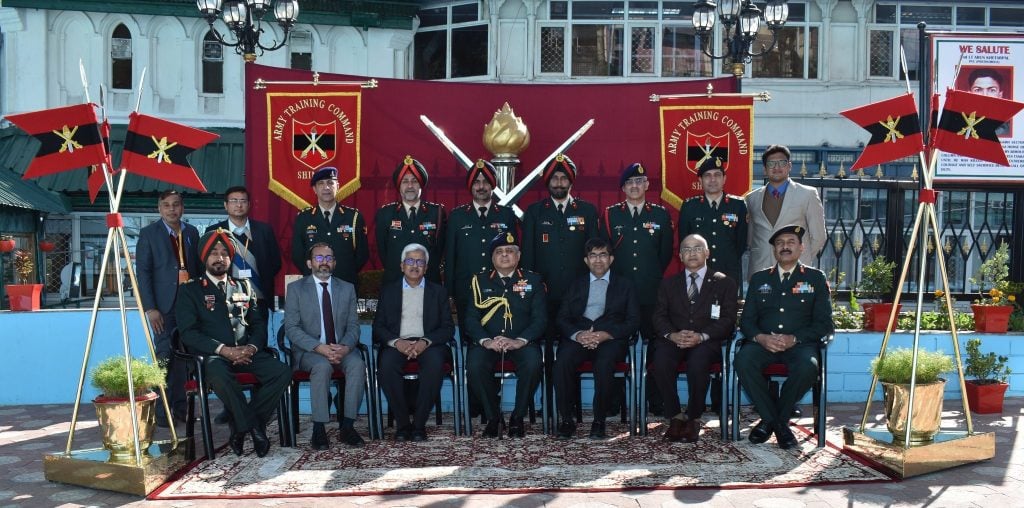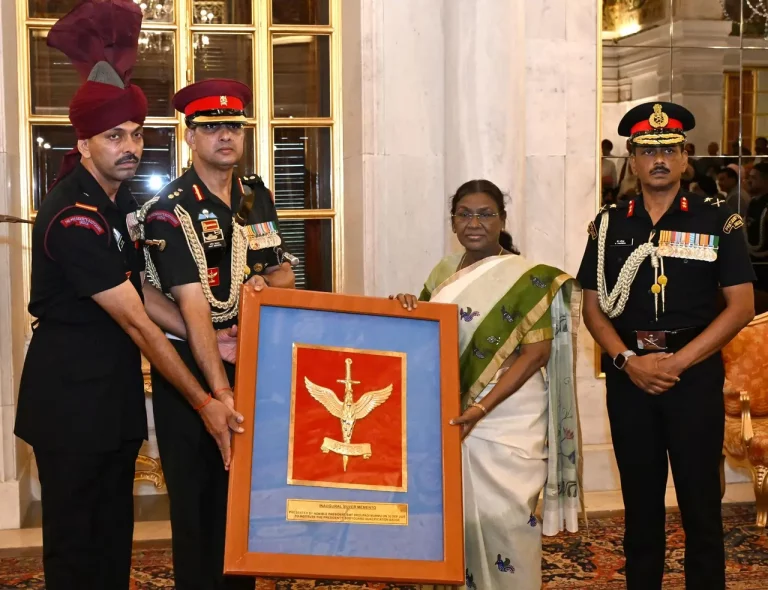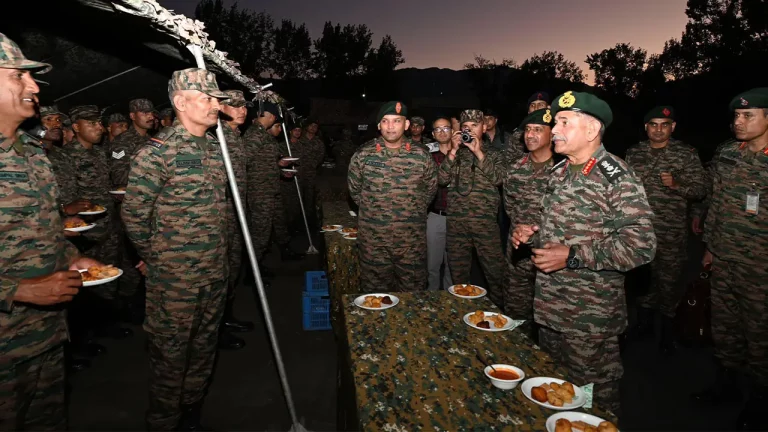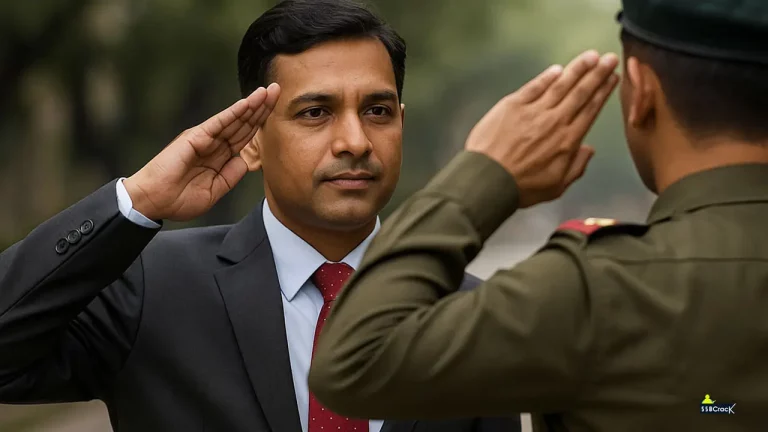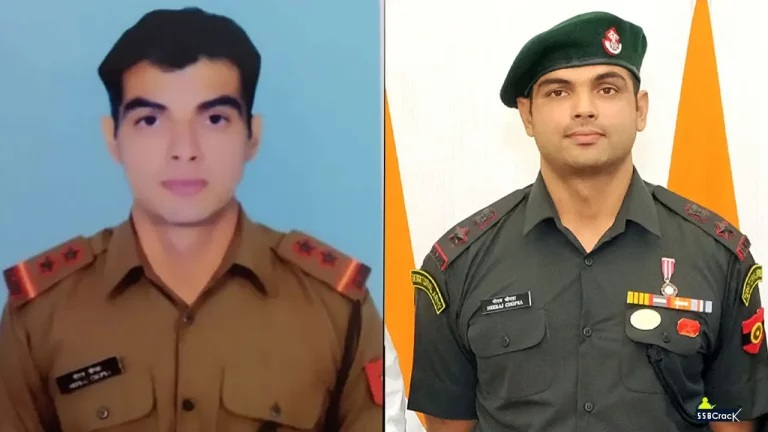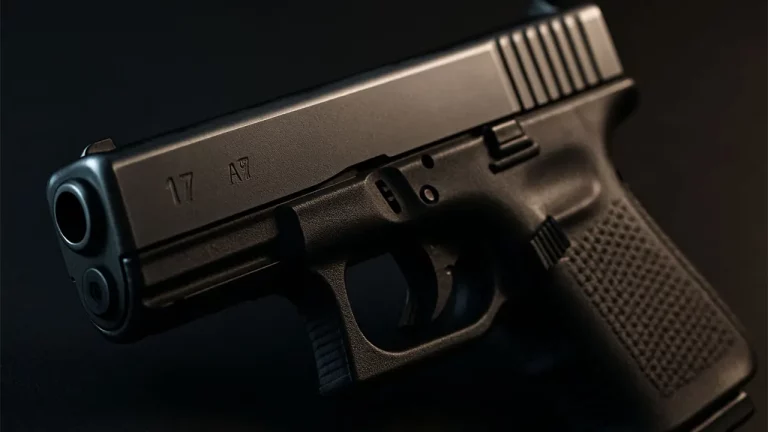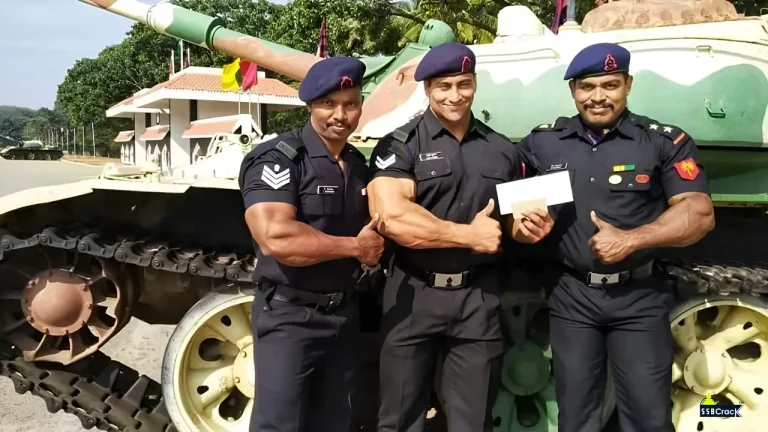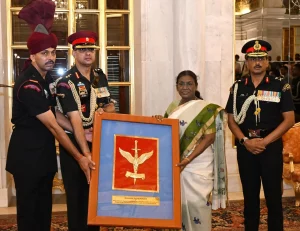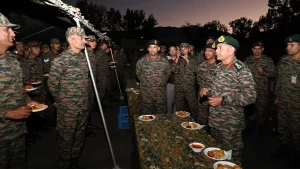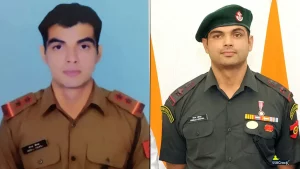The Indian Army, with its formidable strength of over 1.3 million active personnel, stands as one of the largest and most powerful military forces in the world. To ensure seamless coordination and strategic deployment during operations, this colossal army is meticulously organized into distinct operational commands. Understanding the structure and responsibilities of these commands is crucial for defense aspirants and those interested in the Indian military’s operational dynamics. This article delves into All 7 Commands of the Indian Army and Headquarters.
Top 10 Anti-Drone Technologies to Counter Drones
The Seven Operational Commands of the Indian Army
The Indian Army is divided into seven operational commands, each with a specific geographic area of responsibility and a distinct role in safeguarding the nation’s security and territorial integrity. These commands are:
- Western Command
- Eastern Command
- Northern Command
- Southern Command
- Central Command
- South Western Command
- Army Training Command (ARTRAC)
Western Command
The Western Command of the Indian Army is headquartered in Chandimandir, Haryana. It is responsible for the defense of the western borders of the country, including the sensitive areas along the India-Pakistan border. The command’s subordinate units include the 40th Artillery Division, II Corps, IX Corps, and XI Corps.
Subordinate Units of Western Command
- 40th Artillery Division – Headquartered in Ambala
- II Corps – Headquartered in Ambala, Haryana
- IX Corps – Headquartered in Yol, Himachal Pradesh
- XI Corps – Headquartered in Jalandhar, Punjab
Eastern Command
The Eastern Command of the Indian Army is headquartered in Kolkata, West Bengal. It is responsible for the defense of the eastern borders, including the sensitive areas along the India-China border. The command’s subordinate units include the 23rd Infantry Division, III Corps, IV Corps, and XXXIII Corps.
Subordinate Units of Eastern Command
- 23rd Infantry Division – Headquartered in Ranchi
- III Corps – Headquartered in Dimapur, Nagaland
- IV Corps – Headquartered in Tezpur, Assam
- XXXIII Corps – Headquartered in Siliguri, West Bengal
Northern Command
The Northern Command of the Indian Army is headquartered in Udhampur, Jammu and Kashmir. It is responsible for the defense of the northern borders, including the sensitive areas along the India-Pakistan and India-China borders. The command’s subordinate units include the XIV Corps, XV Corps, and XVI Corps.
Subordinate Units of Northern Command
- XIV Corps – Headquartered in Leh, Jammu and Kashmir
- XV Corps – Headquartered in Srinagar, Jammu and Kashmir
- XVI Corps – Headquartered in Nagrota, Jammu and Kashmir
Southern Command
The Southern Command of the Indian Army is headquartered in Pune, Maharashtra. It is responsible for the defense of the southern regions of the country, including the coastal areas. The command’s subordinate units include the 41st Artillery Division, XII Corps, and XXI Corps.
Subordinate Units of Southern Command
- 41st Artillery Division – Headquartered in Pune, Maharashtra
- XII Corps – Headquartered in Jodhpur, Rajasthan
- XXI Corps – Headquartered in Bhopal, Madhya Pradesh
5 Top Semiautomatic Handguns Worldwide
Central Command
The Central Command of the Indian Army is headquartered in Lucknow, Uttar Pradesh. It is responsible for the defense of the central regions of the country, including the areas along the India-Nepal border. The command’s subordinate unit is the I Corps, which is currently assigned to the South Western Command.
Subordinate Unit of Central Command
- I Corps – Headquartered in Mathura, Uttar Pradesh (currently assigned to South Western Command)
South Western Command
The South Western Command of the Indian Army is headquartered in Jaipur, Rajasthan. It is responsible for the defense of the southwestern regions of the country, including the sensitive areas along the India-Pakistan border. The command’s subordinate units include the 42nd Artillery Division, I Corps, and X Corps.
Subordinate Units of South Western Command
- 42nd Artillery Division – Headquartered in Jaipur
- I Corps – Headquartered in Mathura, Uttar Pradesh
- X Corps – Headquartered in Bhatinda, Punjab
Army Training Command (ARTRAC)
The Army Training Command (ARTRAC) of the Indian Army is headquartered in Shimla, Himachal Pradesh. It is responsible for the training and education of the army’s personnel, ensuring the continuous development of their skills and capabilities.
Significance of the Indian Army’s Operational Commands
The strategic organization of the Indian Army into these seven operational commands serves several crucial purposes:
- Efficient Deployment: The division of the army into distinct commands allows for the efficient deployment of resources and personnel to address specific regional threats and challenges.
- Specialized Expertise: Each command develops specialized expertise in the unique geographical, climatic, and operational conditions of its assigned area, enabling more effective defense strategies.
- Coordinated Response: The hierarchical structure and clear lines of command within the army ensure a coordinated and cohesive response to both external aggression and internal security challenges.
- Adaptability: The flexibility to reorganize and reassign the subordinate units of these commands allows the Indian Army to adapt to evolving strategic scenarios and emerging threats.
- Training and Capacity Building: The Army Training Command (ARTRAC) plays a vital role in ensuring the continuous professional development and skill enhancement of the army’s personnel, strengthening its overall capabilities.
The Easiest Way to Sink an Aircraft Carrier
Conclusion
The Indian Army‘s operational commands are the backbone of its organizational structure, enabling the effective defense of the nation’s borders and the maintenance of internal security. By understanding the roles, responsibilities, and geographical areas of these commands, defense aspirants and military enthusiasts can gain valuable insights into the intricate workings of one of the world’s most formidable armed forces. This knowledge can prove invaluable in navigating the complex landscape of defense examinations and interviews, as well as in fostering a deeper appreciation for the strategic and operational nuances of the Indian Army.
FAQs
Q1: How many operational commands are there in the Indian Army?
The Indian Army is divided into seven operational commands.
Q2: What is the headquarters of the Indian Army’s Eastern Command?
The headquarters of the Indian Army’s Eastern Command is located in Kolkata, West Bengal.
Q3: Where is the headquarters of the Indian Army’s Northern Command located?
The headquarters of the Indian Army’s Northern Command is located in Udhampur, Jammu and Kashmir.
Q4: What is the headquarters of the Indian Army’s Western Command?
The headquarters of the Indian Army’s Western Command is located in Chandimandir, Haryana.
Q5: Where is the headquarters of the Indian Army’s Southern Command situated?
The headquarters of the Indian Army’s Southern Command is located in Pune, Maharashtra.
